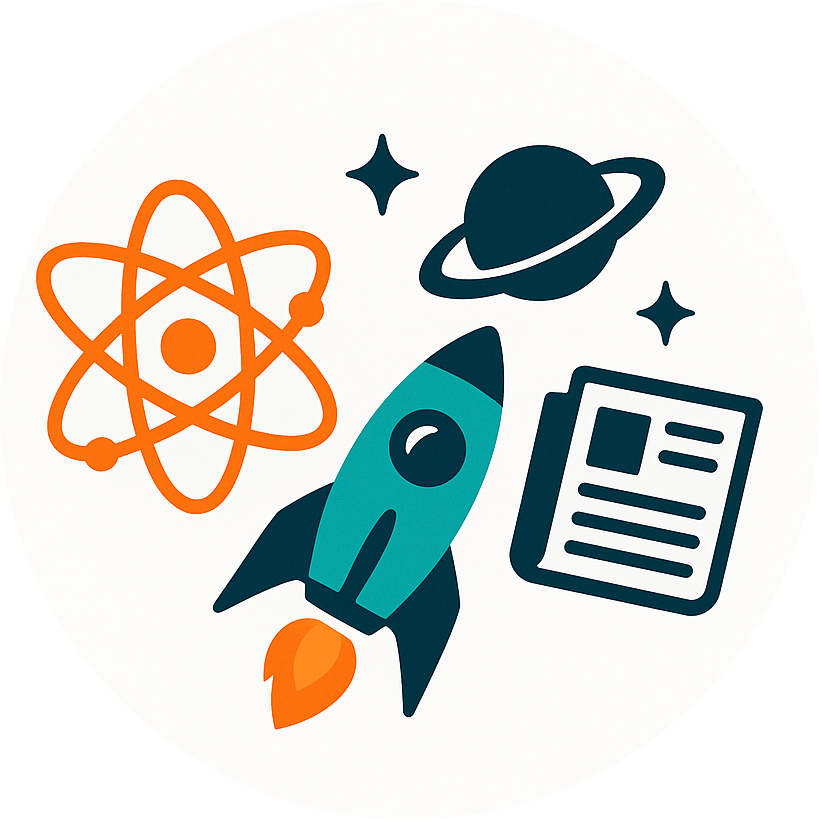
NASA Plans to Build a Nuclear Reactor on the Moon
Recent announcements from NASA about the ambitious plan to construct a nuclear reactor on the lunar surface have stirred global interest in space exploration and technological innovation. The endeavor, slated for deployment by 2030, aims to support sustained human presence on the Moon by providing a stable and sufficient energy source.
Let’s linger on that a second.
A nuclear reactor on the moon.
Rationale Behind the Lunar Nuclear Reactor
NASA’s consideration of a nuclear reactor for lunar missions is largely due to the Moon’s environmental conditions. Solar power is often insufficient during the lunar night, which lasts about 14 Earth days. A nuclear reactor could provide continuous power, supporting both scientific research and technology development necessary for deeper space exploration.
According to a report from the BBC, the reactor would power habitats, mining operations, and potentially serve as a springboard for future Martian expeditions. However, questions regarding the technical feasibility and environmental impacts remain critical points of discussion.
Technical and Logistical Challenges
Safety Concerns
Deploying a nuclear reactor on the Moon involves significant safety considerations. From launch safety to transporting nuclear materials and establishing a secure operating environment on the Moon, each step requires meticulous planning. The reactor’s design must withstand the harsh lunar conditions, including temperature extremes and space radiation.
Engineering Innovations
Building a nuclear reactor in a non-terrestrial environment calls for unprecedented engineering innovation. The rugged terrain and reduced gravity pose unique challenges for equipment assembly and reactor maintenance. As described in the New York Times, the project must overcome these hurdles while maintaining human and environmental safety standards.
Economic and Political Implications
The project could reshape economic priorities for space exploration. By creating a sustainable energy infrastructure on the Moon, NASA could facilitate lunar-based industry, scientific research, and potential space tourism. It also aligns with geopolitical interests as the United States strengthens its leadership position in space technology.
This plan has sparked debates on international cooperation versus competition in space exploration, focusing on how energy technologies developed in space might benefit Earth by addressing power consumption and climate impacts, as examined in Science Daily.
Future Directions and Unanswered Questions
As NASA moves forward, collaboration with international space agencies and private industry could be pivotal in sharing the financial and technological burden. Projects like these often provoke questions about ethics, such as planetary protection and the long-term impacts of extraterrestrial nuclear technology.
As Kenneth Chang of the New York Times highlights, while this technology holds promise, it also raises questions about potential lunar colonization and the responsible exploration of celestial bodies.
Despite the hurdles, the prospect of a lunar nuclear reactor marks a significant step toward realizing humanity’s extraterrestrial capabilities, setting a concrete foundation for future interplanetary exploration and colonization.
A reactor.
On the moon.



